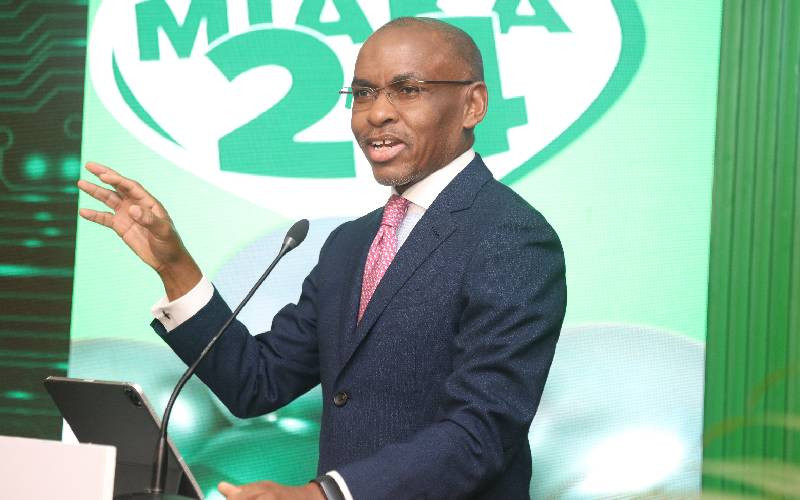NAIROBI: Private firms stepped up hiring in January to meet rising buyer orders, findings of a new survey have shown. CfC Stanbic Bank’s monthly study involving 400 privately-owned firms has shown that more jobs were created last month than any other period since May 2015.
That finding, if accurate, offers some reprieve that the economy could be on its way to recovery after a difficult 2015 characterised by job losses and slumps in profitability in the private sector. “2016 has begun on a solid footing, showing a similar trend to that seen towards the end of last year,” said CfC Stanbic Bank’s Regional Economist, Jibran Qureishi.
Across all the matrices that the economists observe, the results from last month were most inspiring since December 2014. Respondents in the survey are requested to provide their output for the month and the amount of orders received from customers, in addition to the size of their respective workforce.
Firms had attributed the rise in hiring to rising workloads, which has in effect placed pressure on operating capacity. Mr Qureishi projected that job creation was likely to remain robust in the coming months considering that backlogs of work rose at the fastest rate since the bank started the survey. His findings and predictions about higher employment numbers could be seen as highly optimistic considering that most indicators, except lower energy costs, have pointed to a tougher year ahead.
Kenya Revenue Authority has for instance missed its revenue target in the six months to December by more than Sh47 billion. A slump in income taxes, levied on workers’ incomes and company profits, is the surest pointer that last year was tough for the private sector. Further, a third of all companies listed at the Nairobi Securities Exchange issued profits warnings notifying their shareholders that their projected profits would fall by more than 25 per cent.
Many of the affected firms will report outright losses, going by the intermediate results that are already in the public domain. It is fair to assume that the challenges facing the listed companies also extend to privately-owned firms, in part explaining KRA’s thinking that many employers had actually reduced their workforce during 2015.
The manufacturers’ lobby attributed the slowdown in output to high interest rates which discouraged firms from borrowing to invest. “High interest rates have been the worst undoing in 2015,” said Pradeep Paunrana, the chairman of the KAM.
 The Standard Group Plc is a
multi-media organization with investments in media platforms spanning newspaper
print operations, television, radio broadcasting, digital and online services. The
Standard Group is recognized as a leading multi-media house in Kenya with a key
influence in matters of national and international interest.
The Standard Group Plc is a
multi-media organization with investments in media platforms spanning newspaper
print operations, television, radio broadcasting, digital and online services. The
Standard Group is recognized as a leading multi-media house in Kenya with a key
influence in matters of national and international interest.
 The Standard Group Plc is a
multi-media organization with investments in media platforms spanning newspaper
print operations, television, radio broadcasting, digital and online services. The
Standard Group is recognized as a leading multi-media house in Kenya with a key
influence in matters of national and international interest.
The Standard Group Plc is a
multi-media organization with investments in media platforms spanning newspaper
print operations, television, radio broadcasting, digital and online services. The
Standard Group is recognized as a leading multi-media house in Kenya with a key
influence in matters of national and international interest.








